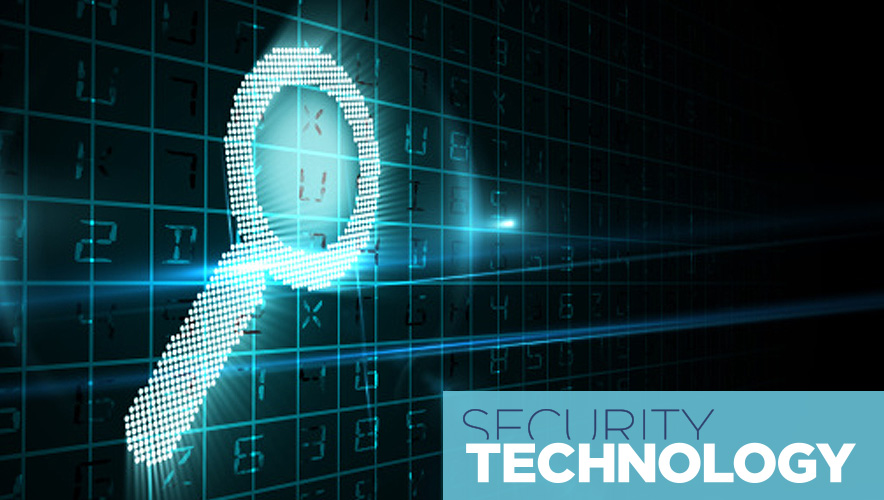Top Five Challenges for Managing Cybersecurity Risk
Cybersecurity threats continue to grow and evolve. Trusted identities combat these threats as part of holistic, end-to-end solutions that combine multifactor authentication, credential management, and physical identity and access management (PIAM) and are supported by real-time risk profiling technology plus digital certificates, all bringing trust to the Internet of Things (IoT). Following are five of the top cybersecurity risks where trusted identities provide critical protection:
1. Fighting fraud. Today’s risk management solutions use trusted identities and analytics to protect transaction systems and sensitive applications. Employing a combination of evidence-based capabilities, behavioral biometrics, and machine learning, these solutions help organizations detect phishing, malware, and fraudulent transactions. They can also prevent account takeovers and session stealing.
2. User experience and business decisions. Besides detecting threats, adding an analytics engine behind an organization’s archiving solutions, digital certificates, and user location information enables organizations to realize other valuable benefits. Predictive analytics help pinpoint threats and facilitate countermeasures by defining a user’s attributes and behavior so that risk can be assigned to people and areas. It also provides insights around personnel movement in a building so organizations can optimize workflows and the usage of facilities, common areas, and individual rooms.
3. Securing the IoT. Digital certificates add trust in the IoT and are becoming a core component for combating cybersecurity risks. Trusted cloud services are used to issue unique digital IDs to devices ranging from mobile phones, tablets, video cameras, and building automation systems to connected cars and medical equipment. One example is cloud-based secure issuance, in which the use of digital certificates creates a trusted relationship between the cloud and all issuance consoles, printers, and encoders. Industrial IoT is another area that is seeing huge adoption in critical industries like utilities, oil and gas, chemicals, pharmaceuticals, transportation, and more, being able to collect and correlate physical, IT, and operational events from IoT devices. This multidimensional information can provide indicators of compromise that are otherwise hard to detect with traditional means.
4. Plugging gaps in security defenses. The move to unified identity management reduces risk by extending multifactor authentication across an entire identity and access management lifecycle. A cloud-based model is used to provision IDs and perform authentication for physical and logical access control. The next step is to migrate to convergence solutions that pull everything related to identity management into a unified system capable of granting and managing access rights. PIAM software is a key element, unifying identity lifecycle management by connecting the enterprise’s multiple and disparate physical and IT security systems to other parts of the IT ecosystem, such as user directories and HR systems, as well as cloud-based card issuance systems, wireless locks, and location-based services.
5. Minimizing risks associated with GDPR compliance. PIAM software also simplifies General Data Protection Regulation (GDPR) compliance for physical security departments, automating previously manual processes of ensuring and documenting that all requirements are being met and data breach notification guidelines are being correctly implemented. It centralizes and applies policy- and rules-based automation for all compliance processes, from identity enrollment through auditing. It also ensures no individual names or other details are transmitted to access control systems, simplifies user consent procedures related to personal information, applies deep system integration to identify threat patterns, and provides robust compliance reporting.
Pan Kamal is vice president, product and segment marketing at IAM Solutions with HID Global.
